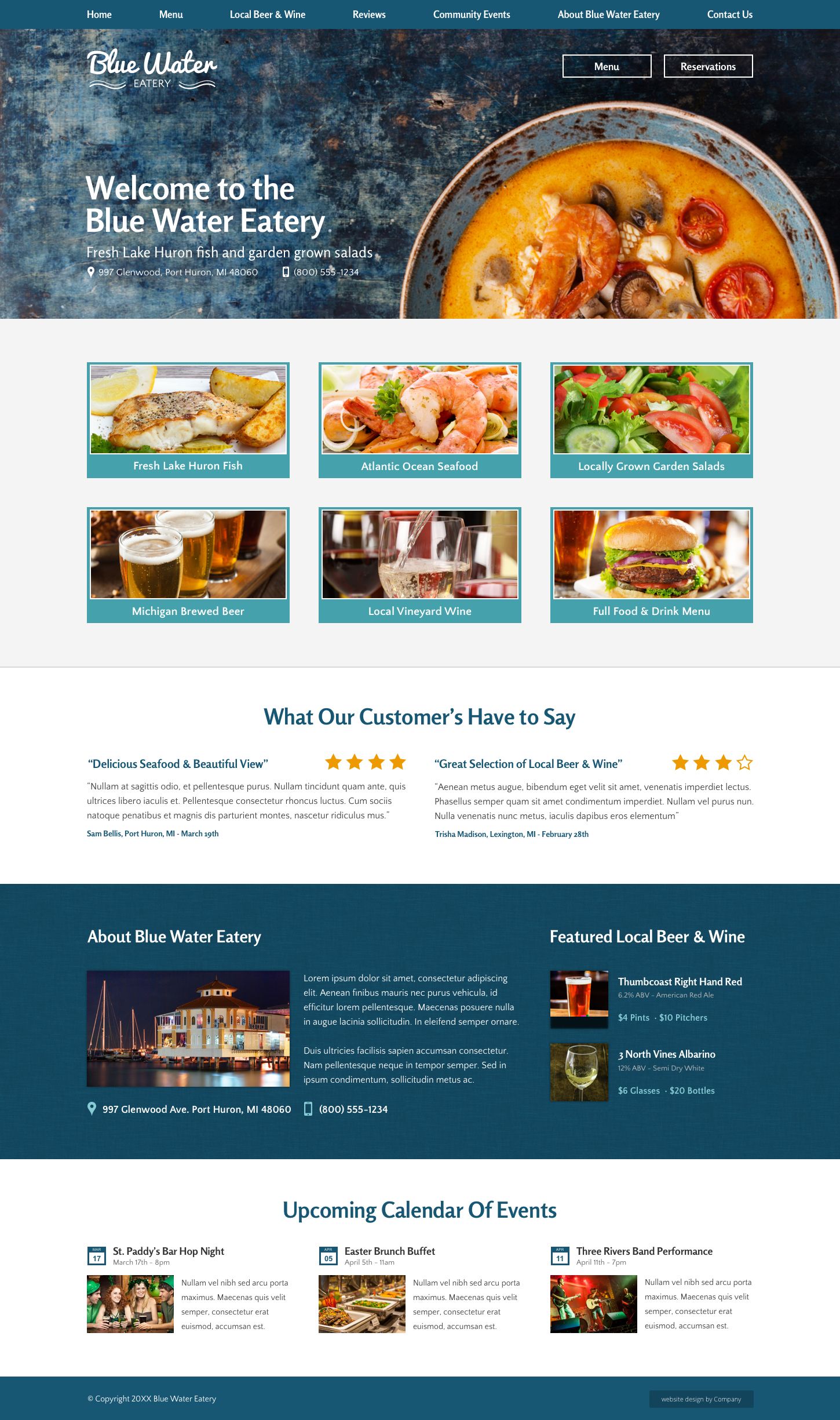Why Every Business Requirements a Solid Website Design for Online Exposure
Recognizing the Function of Responsive Design in Modern Web Site Development
In today's digital landscape, receptive layout is no much longer a high-end however a requirement in web site advancement. The importance of receptive design extends beyond user experience-- it is additionally a critical aspect in search engine optimization and ease of access.
Importance of Responsive Style
In today's digital landscape, the value of responsive design in website growth can not be overemphasized. Receptive design permits sites to automatically adjust their design and capability based on the display size and orientation of the device being used.
In addition, responsive layout is critical for search engine optimization (SEO) Search engines like Google prioritize mobile-friendly sites in their search results page, meaning that a receptive style can substantially affect a website's exposure and ranking. This optimization not only improves the customer experience but also drives natural web traffic and boosts the possibility for conversion and profits generation.
In enhancement, responsive layout provides companies a cost-effective option by removing the demand for several versions of an internet site. By enhancing internet growth processes and lowering maintenance initiatives, companies can allocate sources more effectively, inevitably causing enhanced return on financial investment. Therefore, receptive layout is indispensable in today's competitive digital environment.
Crucial Element of Responsive Style
To successfully apply responsive style, it is crucial to concentrate on a number of crucial elements that guarantee ideal capability and user experience across varied devices. Among the essential elements is the versatile grid design, which enables developers to develop liquid grids that automatically change to different screen sizes. This ensures that web content maintains symmetry and readability, no matter the device being made use of.

In addition, touch-friendly navigating is vital for receptive layout. Executing conveniently tappable switches and instinctive gesture controls improves functionality on touchscreen tools. Prioritizing efficiency optimization is likewise vital, as it boosts filling times and reduces bounce rates, especially on mobile networks with variable rate.
Lastly, using a mobile-first technique makes sure that the layout is at first maximized for smaller sized displays prior to expanding to fit desktops. This technique ensures that necessary functionality and looks are protected across all systems, inevitably improving the total user experience.
Influence On Customer Involvement
Receptive style substantially affects user involvement by enhancing access and satisfaction across different devices (Website Design). By ensuring that a web site's design adapts seamlessly to various display sizes, receptive layout permits customers to accessibility content effortlessly, whether they are using a desktop, tablet, or smartphone.
Moreover, receptive layout adds to faster web page packing times, which is vital for retaining individual interest. Users are a lot more inclined to abandon a site if it takes too lengthy to tons, particularly on mobile phones. By maximizing efficiency for diverse platforms, receptive design minimizes packing hold-ups, keeping individuals engaged and decreasing bounce rates.
Search Engine Optimization Perks of Responsive Style
While boosting user experience is a primary objective, responsive design likewise plays an important role in boosting a site's search engine optimization (SEARCH ENGINE OPTIMIZATION) Browse engines, significantly Google, focus on mobile-friendly internet sites, therefore rewarding those that supply smooth experiences across gadgets. Receptive design makes certain that a site adapts to different display sizes, eliminating the need for separate mobile and desktop variations. This adaptability not only improves customer experience yet also reduces the danger of replicate material, which can negatively influence SEO rankings.
Additionally, responsive layout aids in faster web page packing times, a crucial consider SEO. Search engines favor sites that fill swiftly, acknowledging that click users are most likely to desert sites that take as well lengthy to present. By utilizing receptive layout, developers can simplify and optimize photos material, guaranteeing reliable filling and improved internet search engine positions.
In addition, a cohesive URL framework throughout tools simplifies the indexing process for online search engine, enhancing crawl effectiveness. This uniformity in URLs enhances a web site's authority and integrity, bring about boosted visibility in search engine result. In summary, responsive layout is not merely a trend but a fundamental part of search engine optimization approach, making sure internet sites are both straightforward and online search engine suitable.
Executing Receptive Layout Approaches
In the realm of contemporary internet growth, carrying out responsive style approaches is akin to crafting a versatile canvas that changes Check This Out seamlessly to different screen measurements. An additional crucial method entails using media inquiries, which enable designers to look at this now use different designs based on the attributes of the device, such as size, height, and resolution.
Receptive photos and media are additionally important parts. By utilizing strategies like CSS media questions and the HTML 'picture' element, developers can offer properly sized pictures based upon the user's tool, optimizing tons times and improving user experience. Furthermore, the unification of fluid typography guarantees that text is readable and visually pleasing on any type of display, attained via scalable units like 'rem' and 'em'.

Conclusion
Responsive layout comprises an essential aspect of contemporary website development, dramatically improving customer experience across an array of tools. Ultimately, executing receptive layout strategies guarantees enhanced availability and usability, rendering web sites a lot more reliable and user-centric.
To effectively carry out responsive layout, it is necessary to focus on numerous vital aspects that ensure optimal functionality and customer experience across varied gadgets.Receptive layout dramatically affects customer engagement by boosting accessibility and satisfaction throughout various gadgets. By making sure that a site's layout adapts flawlessly to various screen sizes, responsive design enables customers to gain access to material easily, whether they are making use of a tablet computer, desktop, or mobile phone .While boosting individual experience is a main objective, receptive design likewise plays a vital duty in boosting a website's search engine optimization (SEO)Receptive style makes up a necessary element of modern web site advancement, substantially boosting customer experience across a variety of devices.